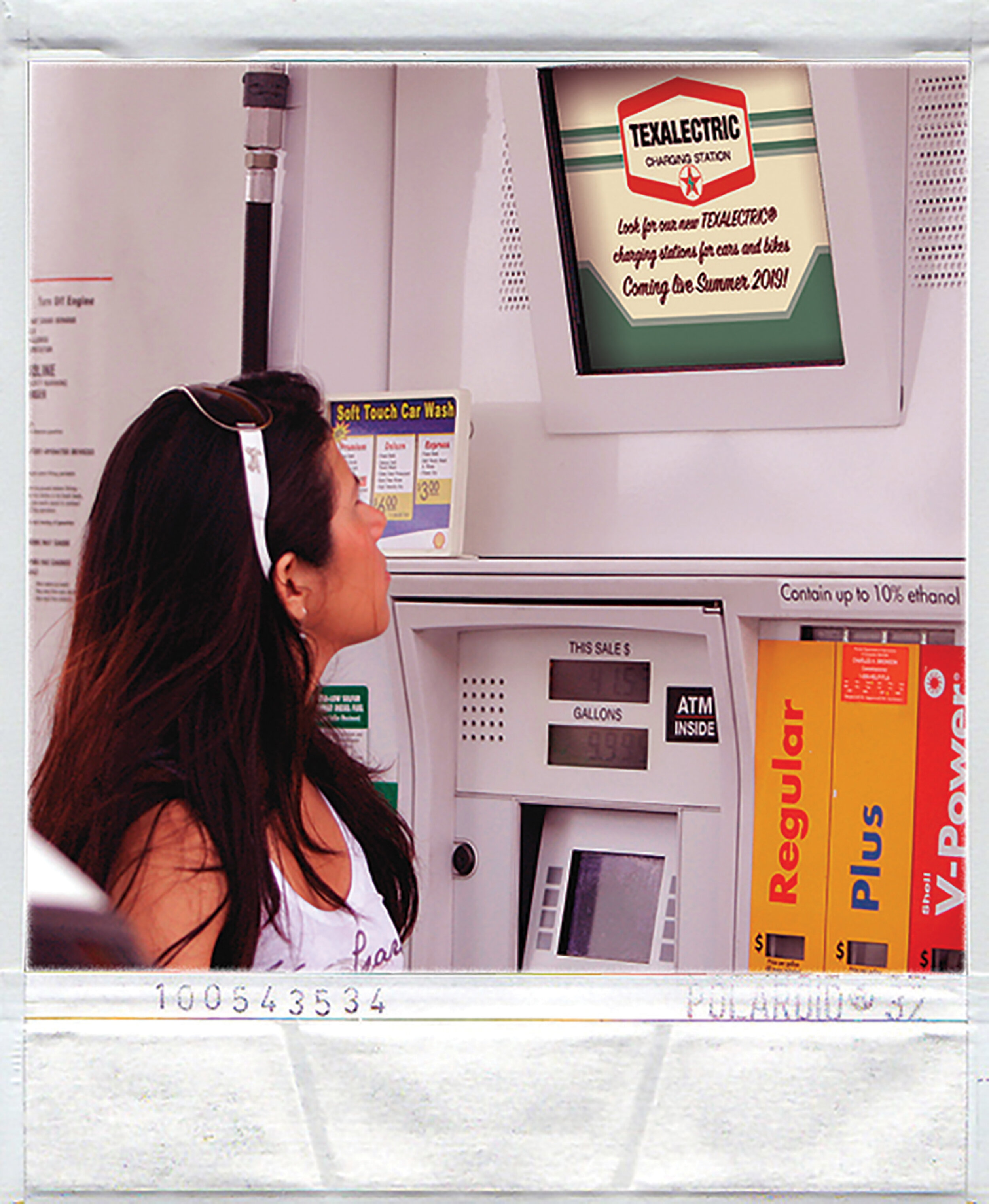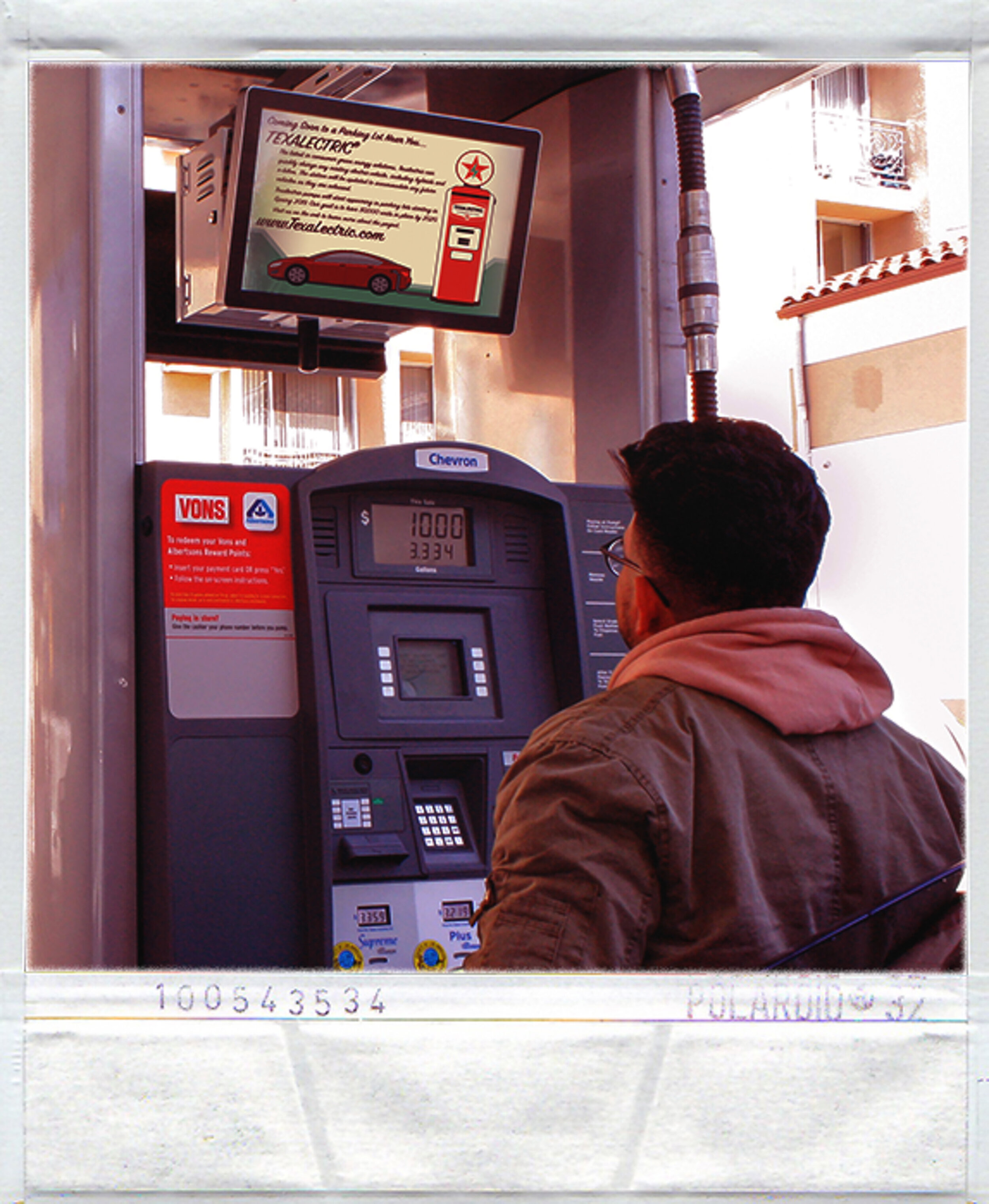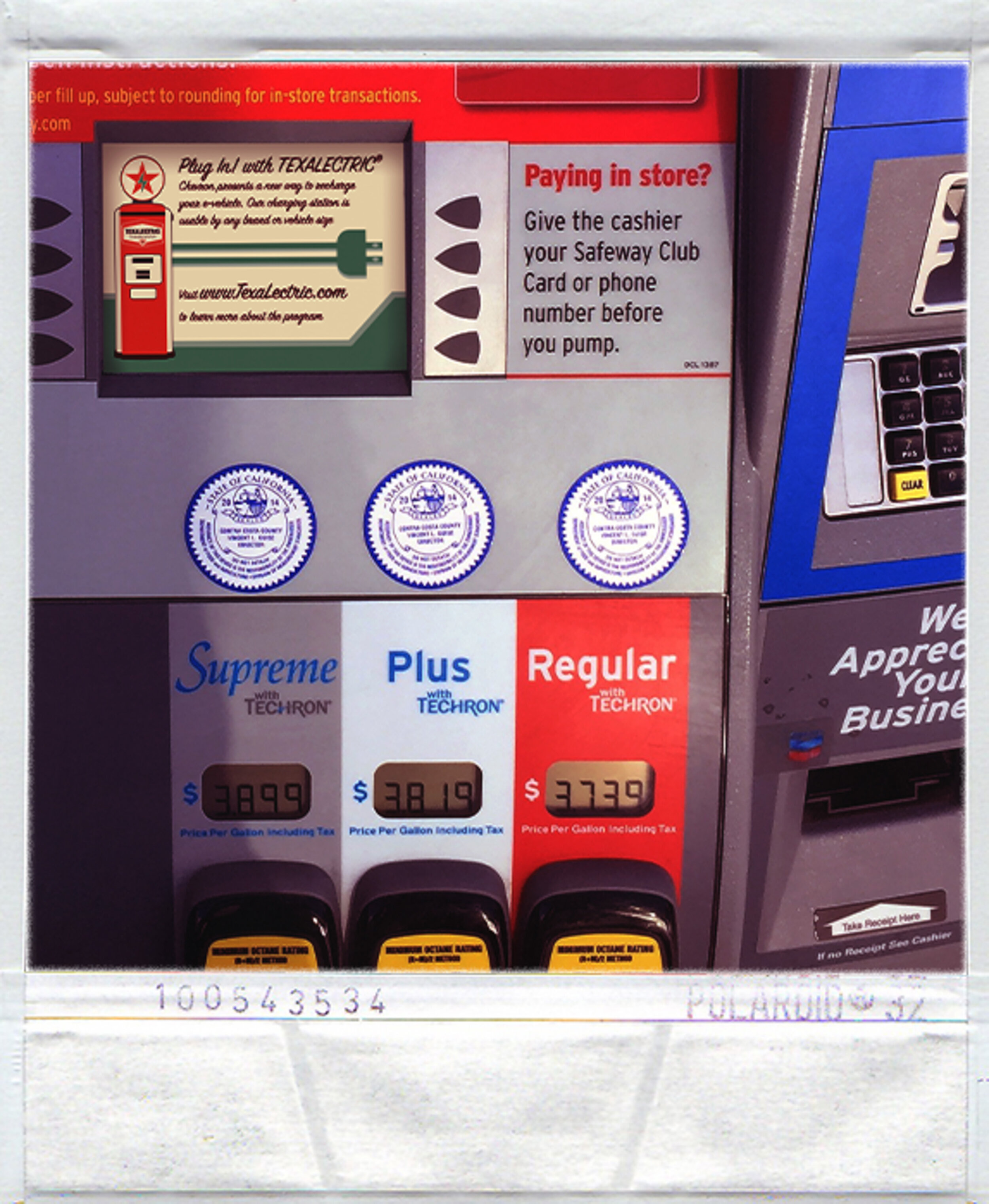Environmental Campaign
Chevron Energy presents Texa-Lectric®, a charging station for E-Vehicles
Strategic Brief
Background
The subject for this assignment is Texaco, a petroleum company. Texaco was founded in the early 20th century and continues to be a recognizable brand today, although it has been acquired by Chevron and now exists under that parent company’s umbrella. Texaco is uniquely poised to undergo an environmental campaign as their brand is memorable and will be noteworthy to see them adjust their reputation significantly. Additionally, Texaco has very little to risk, as they now exist as a mere subsidiary with little concern.
Chevron should use the nostalgic appeal of the Texaco brand to highlight a new eco-conscious campaign. This could take the form of a new electric vehicle charging station presented by Chevron which sports the visual identity connected with Texaco. The company is associated with energy and invention and does not necessarily need to represent oil and traditional gasoline.
Problem Statement:
The purpose of this study is to develop a visually compelling brochure which illustrates an eco-friendly campaign to install new e-vehicle charging stations in order to increase revenue, fund new research towards green-energy solutions, and remain relevant in the changing world of energy for the betterment of all mankind, the increased value for shareholders, and the satisfaction of the end-user.
Target Audience.
The primary audience is an eco-conscious adult consumer who is interested in travel. The target also commutes to work from outside of a city and is often considering alternative modes of transit. They have personally tried a few options including mass transit and bicycling.
They are young adults who have become increasingly willing to adjust their expectations and habits to make an environmental impact. Researching the claims of businesses and the ingredients of products has become a bit of a hobby. Their social media and news feeds are heavily tilted towards green solutions to 21st century problems.
Task Definition
Customers don’t know that our company is taking steps to reduce their carbon footprint. Find a good tagline and metaphorical imagery to serve as the primary design ethos for the project.
Information Seeking Strategies
Competitor ad campaigns. Historical company profiles and other information. Texaco and Chevron’s official sites and Wikipedia for surface info. Car enthusiast blog sites.
Location and Access
I was able to find a wealth of old photos from a number of vintage auto sites. There was also a decent number of Flikr.com groups sharing photos of old filling stations as well as vintage maps.
The photos informed the colour scheme of the brochure and campaign as a whole. The bold black and red combination Texaco has used since the 80s is quite aggressive. The retro appeal of the teal and white stations of the 60s was preferable. The Wikipedia article and the Chevron/Texaco websites had plenty of biographical information to fill out the copy.



Use of Information
The pertinent information was extracted from the websites and some particularly effective photos were copied. The colour scheme was applied to some abstract background elements and some foreground branding elements.
Synthesis
A basic wireframe was built and printed to determine the best folding method. Colour and text were added with photos in place to view one possible arrangement. It was presented for peer critique and several helpful changes were suggested.
Evaluation
The layout was further honed and printed several more times to judge its effectiveness. Elements were arranged to include the effects caused by the folding. A final was eventually printed and folded to demonstrate the solution to the client.
Concept Statement
Ecological Texaco presented by Chevron
Texaco was founded in the early 20th century and continues to be a recognizable brand today, although it has been acquired by Chevron and now exists under that parent company’s umbrella. Texaco is uniquely poised to undergo an environmental campaign as their brand is memorable and will be noteworthy to see them adjust their reputation significantly. Additionally, Texaco has very little to risk, as they now exist as a mere subsidiary with little concern.
Chevron should use the nostalgic appeal of the Texaco brand to highlight a new eco-conscious campaign. This could take the form of a new electric vehicle charging station presented by Chevron which sports the visual identity connected with Texaco. The company is associated with energy and invention and does not necessarily need to represent oil and traditional gasoline.
If this proposed campaign is too adventurous then a more tame and cost-conscious approach would be to simply create a campaign highlighting the companies’ decades of work improving the cleanliness of fossil fuels. Contrary to popular belief, the most eco-conscious approach to car ownership is to buy a very commonly used car that runs on traditional unleaded fuel. The simplicity of the vehicle makes it easier to repair and maintain. A car that is well maintained and fueled with clean gasoline can last for decades.
The design concept is to highlight the brand history. The pages of the brochure will show a timeline of advancement with accompanying imagery. The central concept is to show how the company has always been advancing and improving their product.
Concept Summarized
The brochure will feature a highlighted path proceeding from page to page which, when unfolded, matches the aesthetic of a paper road map, reinforcing the nostalgic feel of the company. The imagery of a road map is familiar today as one of the key activities accomplished with a smartphone. Travelling from one point to another is metaphorically significant to anyone who has driven a car. There is a clear destination and several options and potential issues along the way, but the goal remains clear. A map represents a centralized belief set down by a group who have all decided set out towards a goal together.
Problem Statement Revised:
The purpose of this study is to develop a visually compelling brochure which illustrates an eco-friendly directive through the dominant metaphor of a road map in order to increase revenue and fund new research towards green-energy solutions while reinforcing the brand’s commitment to relevance in the 21st century and the changing world of energy productiont he betterment of all mankind, the increased revenue for shareholders, and the satisfaction of the end-user.
Brochure Front
Brochure Outside
Brochure Inside




